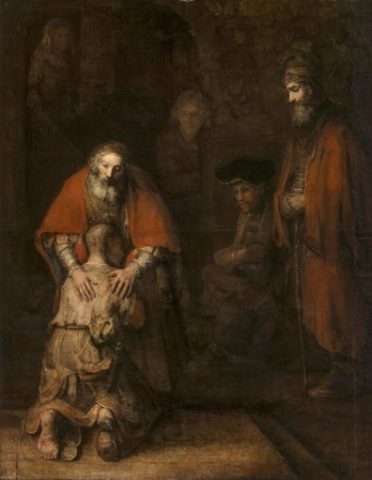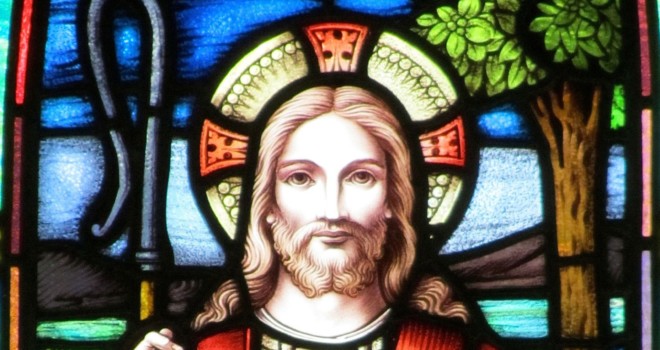By Anthony Esolen, The Catholic Thing, August 24, 2024
Anthony Esolen is a lecturer, translator, and writer. Among his books are Out of the Ashes: Rebuilding American Culture, and Nostalgia: Going Home in a Homeless World, and most recently The Hundredfold: Songs for the Lord. He is Distinguished Professor at Thales College. Be sure to visit his new website, Word and Song.
 The website Pray Tell recently published an article, temperate in spirit and labyrinthine in reasoning, defending the preservation of the art of Marko Rupnik, the priest disgraced for having used his art ministry as a vehicle for satanic abuse of women he had spiritually seduced. The author, Father James Hadley, suggests that the desire to remove Rupnik’s art smacks of Donatism.
The website Pray Tell recently published an article, temperate in spirit and labyrinthine in reasoning, defending the preservation of the art of Marko Rupnik, the priest disgraced for having used his art ministry as a vehicle for satanic abuse of women he had spiritually seduced. The author, Father James Hadley, suggests that the desire to remove Rupnik’s art smacks of Donatism.
The site has run another article, by the Catholic composer Paul Inwood, who makes the crucial point that Father Hadley overlooked, namely that it was not just that Rupnik was a sinner. All artists are sinners, nor would it be comfortable, as Father Hadley points out, to inquire too closely into the lives of Bernini and Caravaggio. The point is that in Rupnik’s case, as in that of the composer David Haas, the artistic enterprise was central to the sin – as if you were to set up a home for wayward boys, perhaps initially for love alone, but then to use it as the opportunity and means for luring them into Sodom. …







